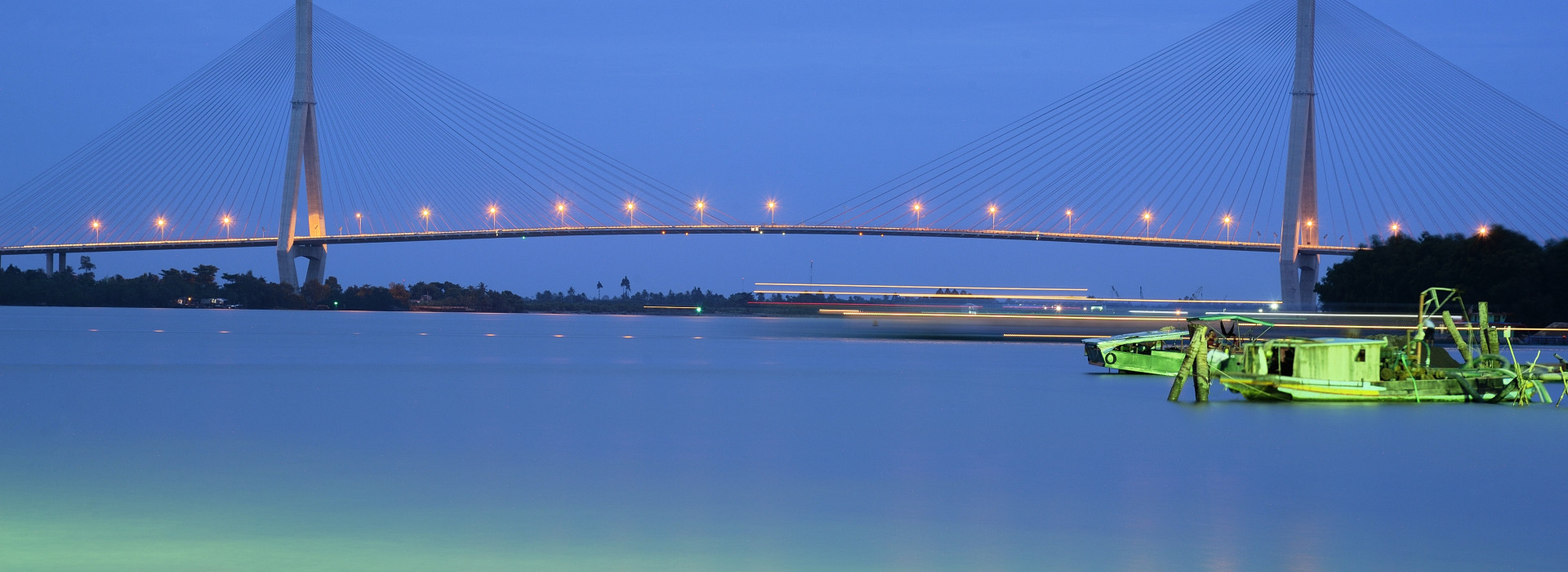
MRC Procedures
The Mekong River is an important resource for about 65 million people living in the Lower Mekong River Basin (LMB). Flowing for 4,900 km through six countries – China, Myanmar, Thailand, Lao PDR, Cambodia and Viet Nam – the river holds great potential for the region’s economic development. However, intensive investments in water infrastructure, rapid population growth, and climate change represent challenges to the Mekong countries as they bid to ensure that the people in the region benefit from the river’s rich and diverse ecosystems.
Since the 1950s, the four LMB countries – Cambodia, Lao PDR, Thailand, and Viet Nam – have been working together to address these challenges. In 1995, they signed an agreement (1995 Mekong Agreement) for regional water cooperation and created the Mekong River Commission (MRC) to jointly manage the river’s shared water resources in a more sustainable and equitable manner.
The MRC has since provided a platform for water diplomacy, enabling the four Member Countries to collaborate closely on better use of water resources, despite differences in national interests and development priorities. Serving as a knowledge hub, the MRC has also accumulated and shared a wealth of scientific knowledge and technical expertise on various water-related sectors, such as fisheries, flood and drought management, hydropower, and navigation to support better basin development planning.
The Mekong Agreement and MRC Procedures
The 1995 Mekong Agreement provides a legal framework for the four Member Countries to cooperate for better development and management of water resources. It defines the mission and goals of the organisation and sets out the roles and responsibilities of its three bodies – the Council, the Joint Committee and the Secretariat – and the strategic objectives of cooperation. Ultimately, the agreement tasks the MRC to promote the optimal use of water and well-balanced development of the basin, and enable the Mekong to reach its full potential through the formulation of a basin development plan.
Over the years, the MRC and its Member Countries have developed five sets of procedural rules and associated technical guidelines on data sharing, water use monitoring, water use cooperation, flow maintenance, and water quality. The first three establish the process of water cooperation, while the remainders set the criteria to assess water conditions. These rules, known as the MRC Procedures, provide a systematic and unified instrument for implementation of the Mekong Agreement.